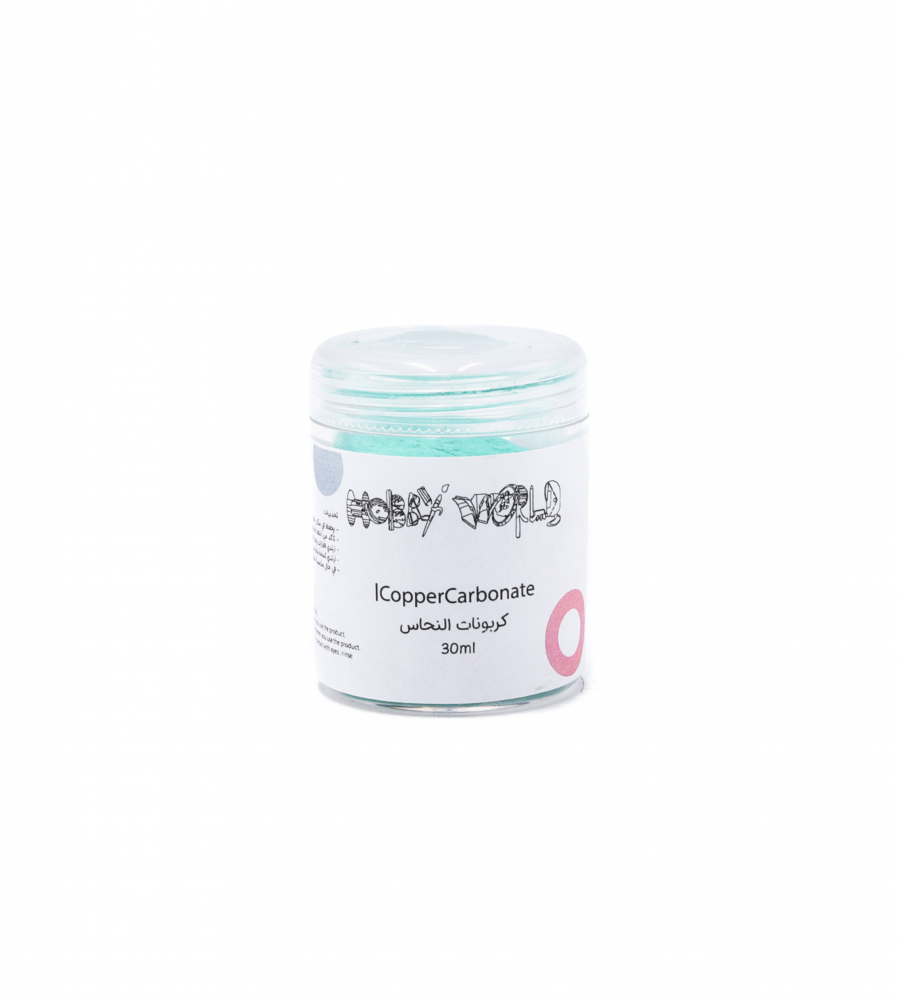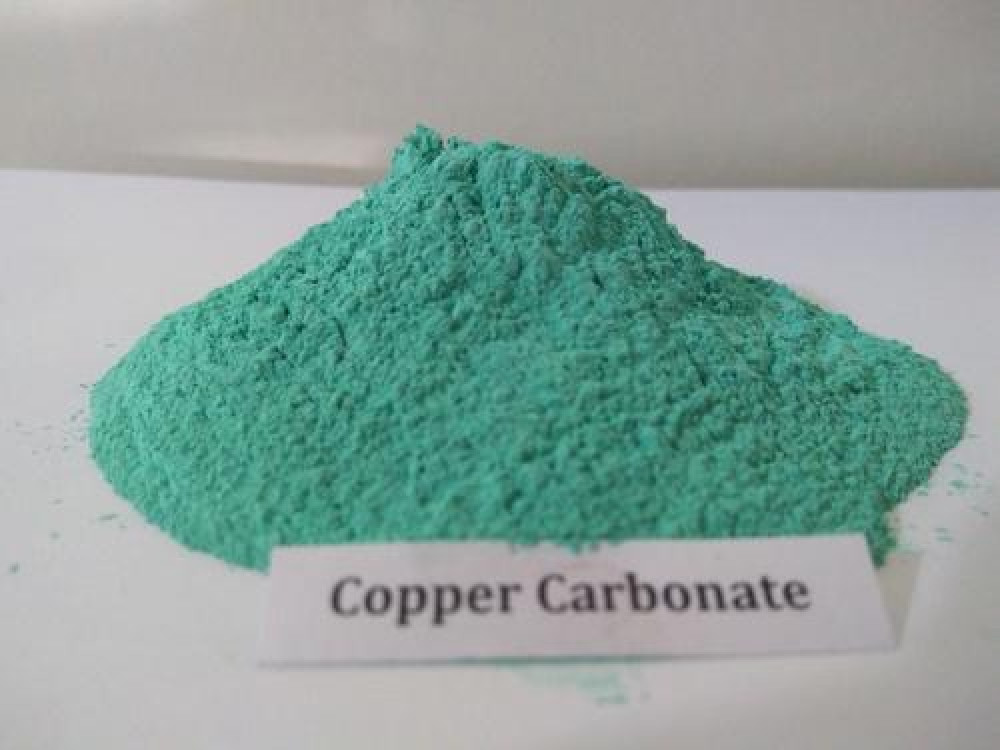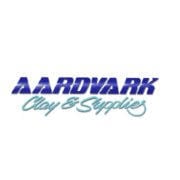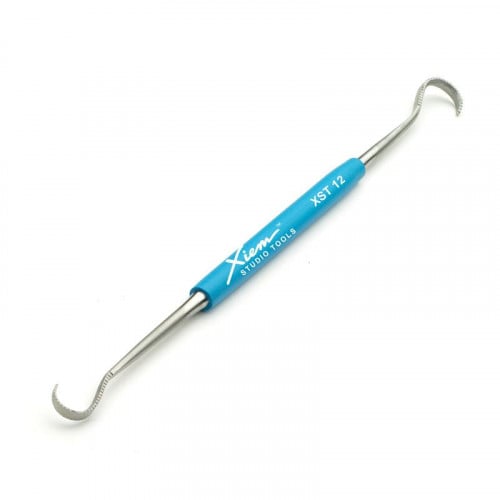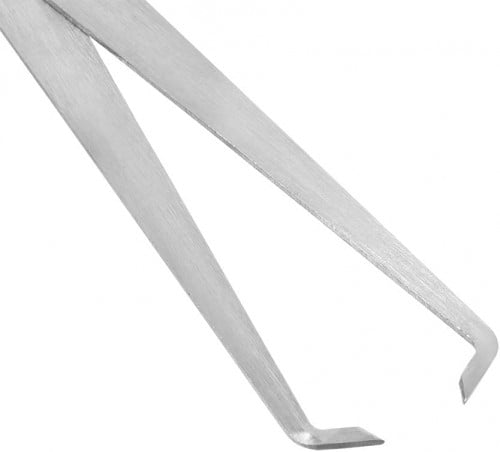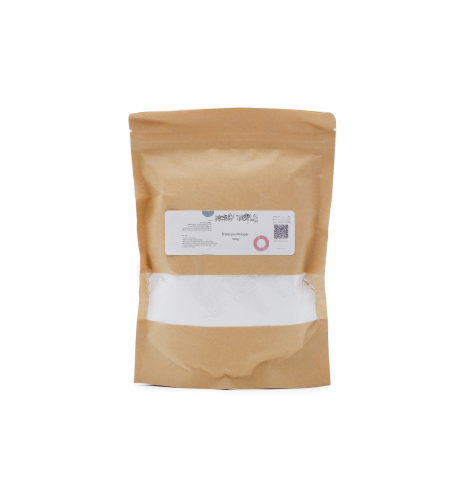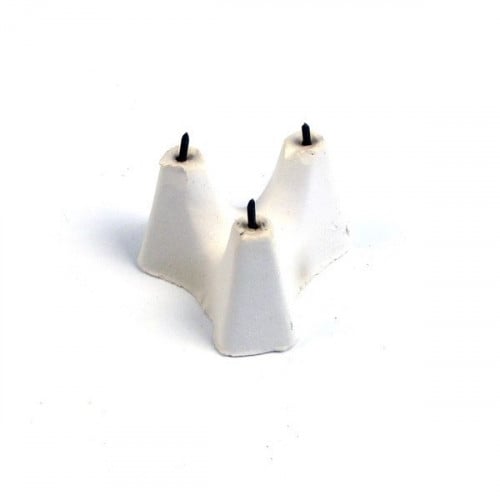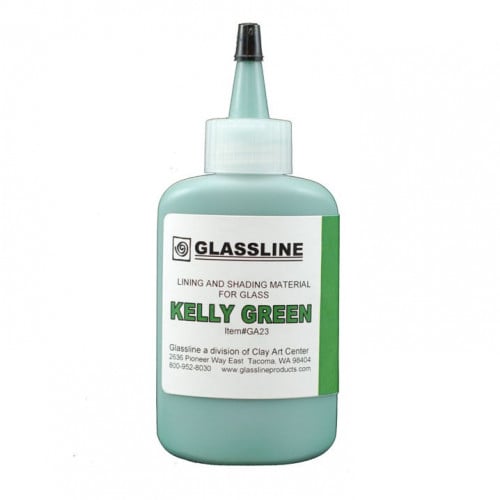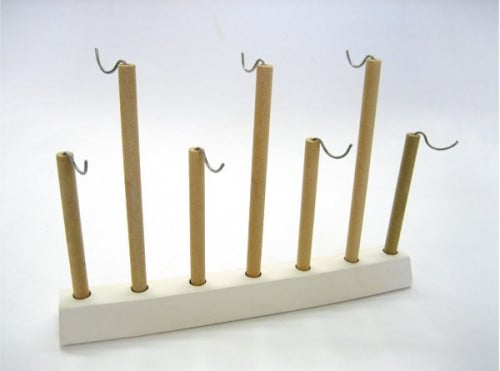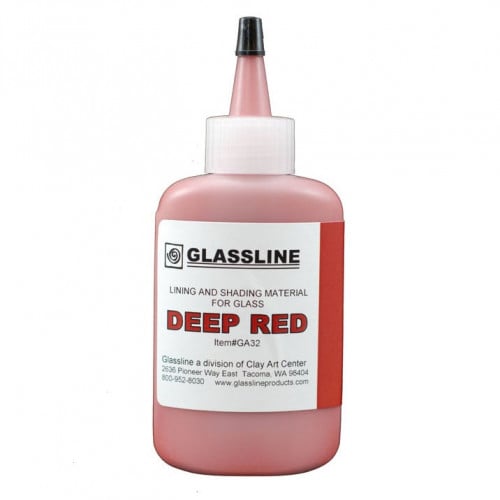CuCO3.Cu(OH)2. (64.4% CuO) As with other metallic coloring carbonates, copper carbonate is bulkier than the oxide form and thus tends to disperse better to give more balanced results. It is also more chemically reactive than oxide to form and therefore dissolves better. As such, it is ideal for use in brushwork where minimal staining is required. However, they produce gases as they decompose and can cause holes or blisters in the glass. The carbonate form also contains less copper per gram, so the colors are less intense than the oxide form. The hydroxyl component is an important aid in dispersing the powder throughout the slurry and thus avoiding stains in the burnt glaze. (Courtesy of Digital Fire).

